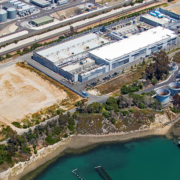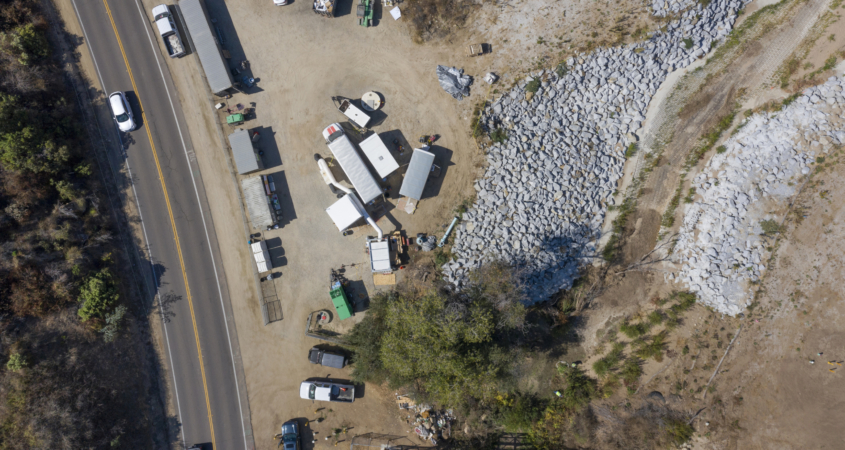Water Authority Partners with San Diego Food Bank to Fight Hunger
In addition to ensuring a safe and reliable water supply, the Board leadership of the San Diego County Water Authority is joining regional efforts to fight the economic impacts of the pandemic by setting up a virtual food drive in partnership with the San Diego Food Bank.
The San Diego Food Bank helps feed hundreds of thousands of hungry people each year – and the numbers are growing rapidly as economic impacts of coronavirus closures ripple across the region.
The Water Authority’s virtual food drive allows donors to select and purchase items such as canned meats, vegetables, fruits, peanut butter and oatmeal for distribution to needy residents.
Donate to San Diego Food Bank
The Jacobs & Cushman San Diego Food Bank and its North County Food Bank chapter comprise the largest hunger-relief organization in San Diego County. The Food Bank distributes food to those in need at 200 distribution sites across the county as well as through 500 nonprofits with feeding programs.
Monetary donations received by the Food Bank will be used to purchase food items to be given to those in need.
Virtual food drive during coronavirus pandemic
The virtual food drive is part of an overall effort by the Water Authority during the coronavirus pandemic. The Water Authority and its 24 member agencies have increased regional coordination and communication to ensure the coronavirus pandemic does not impact safe and secure water service for San Diego County.
Public water supplies in the San Diego region remain safe to drink due to numerous robust treatment processes used by local and regional water providers.
To support continued operation of critical infrastructure, the Water Authority has activated its Emergency Operations Center, increasing the region’s ability to respond to any challenges that emerge.
The EOC supports the need for enhanced communication between the Water Authority and its member agencies as the public health crisis evolves. In addition, the agencies have back-up plans to assist each other should key personnel be unable to work.








